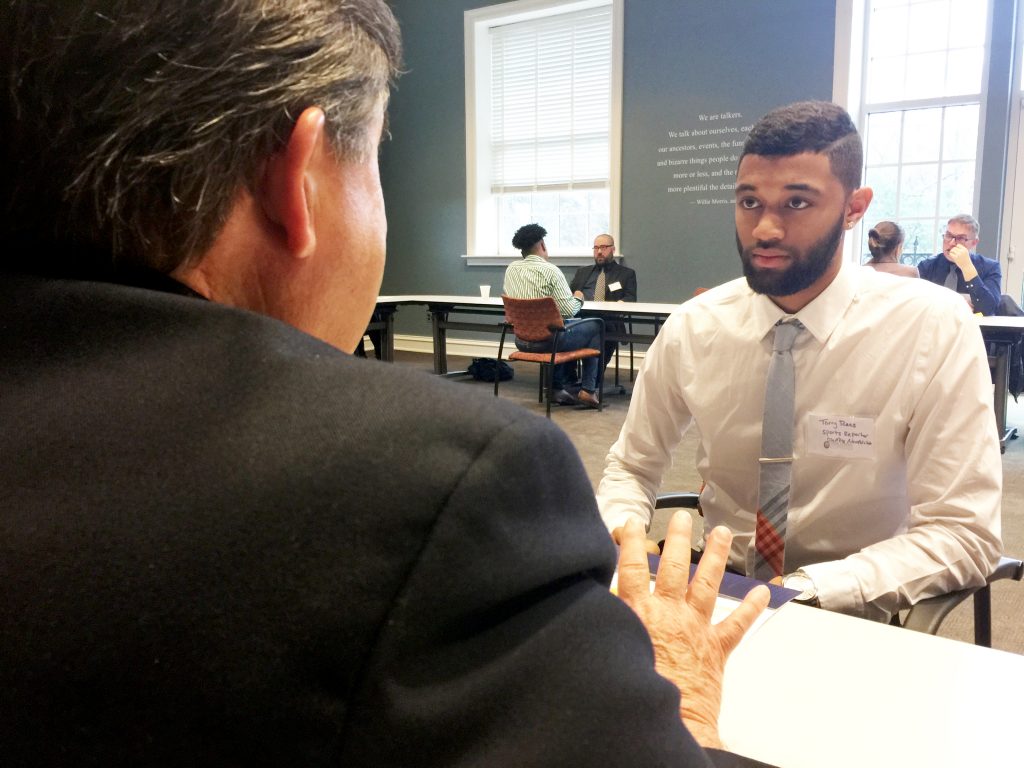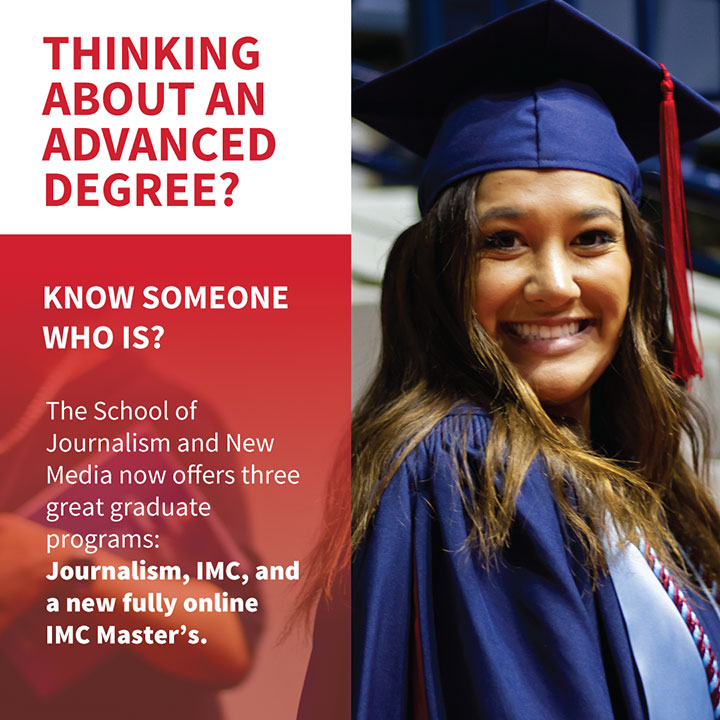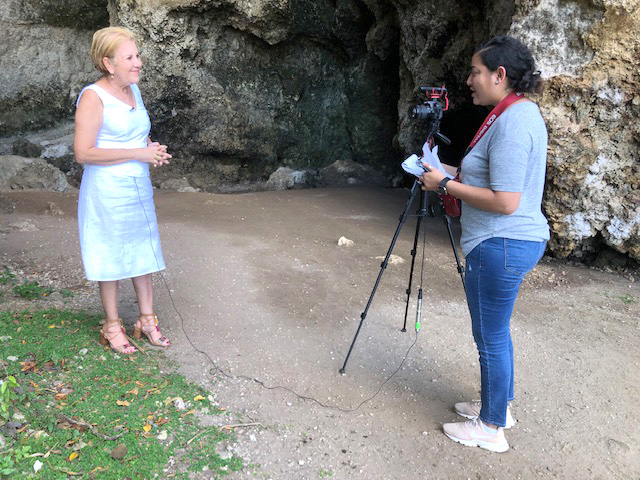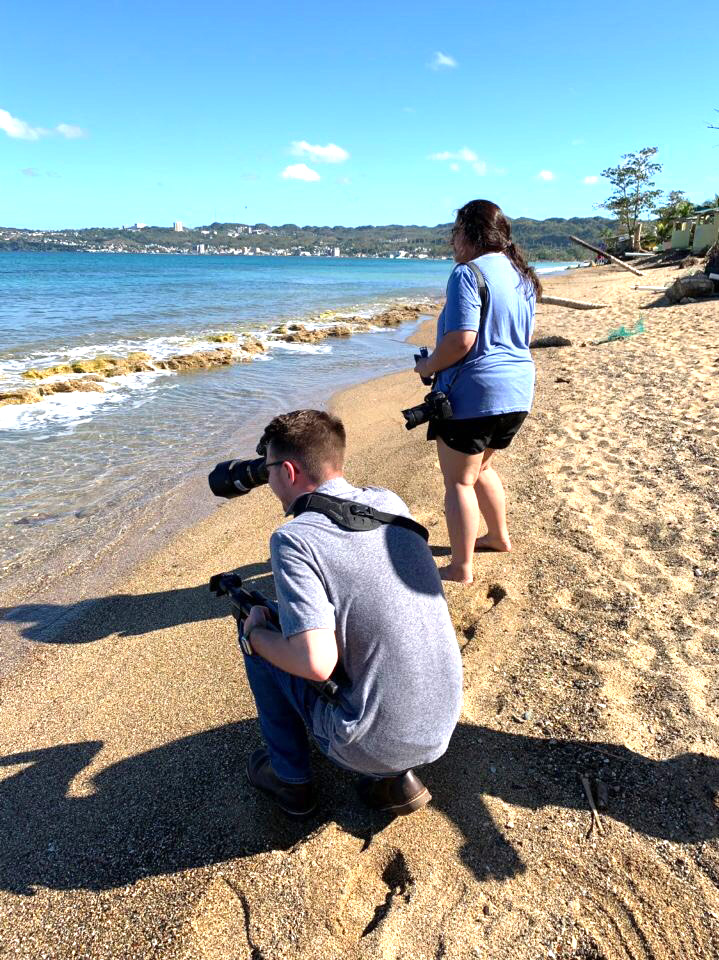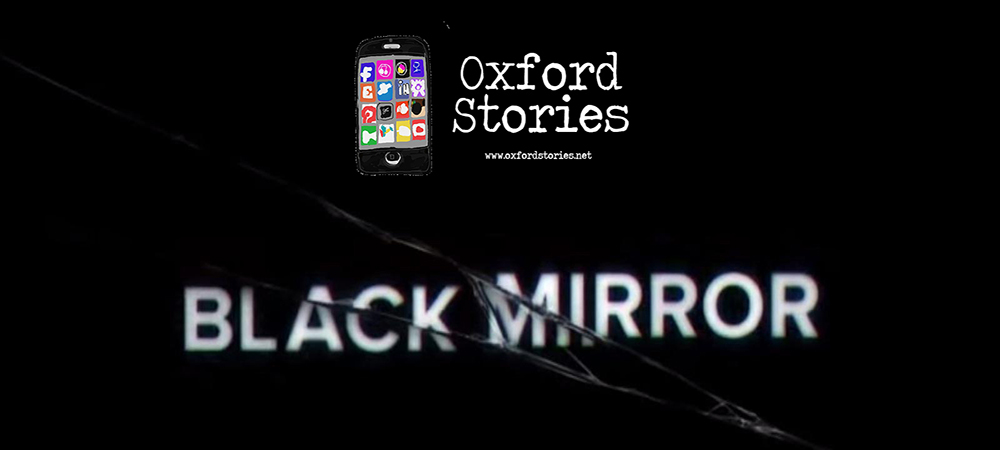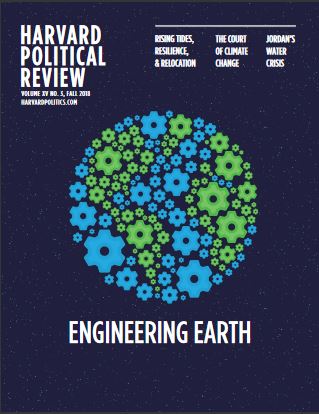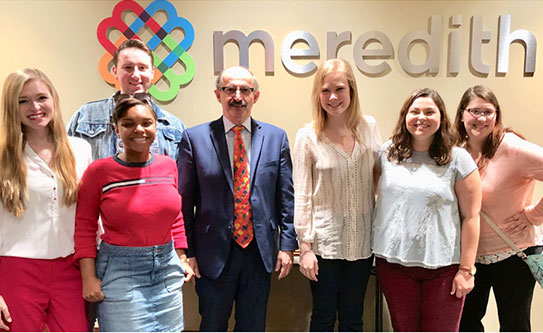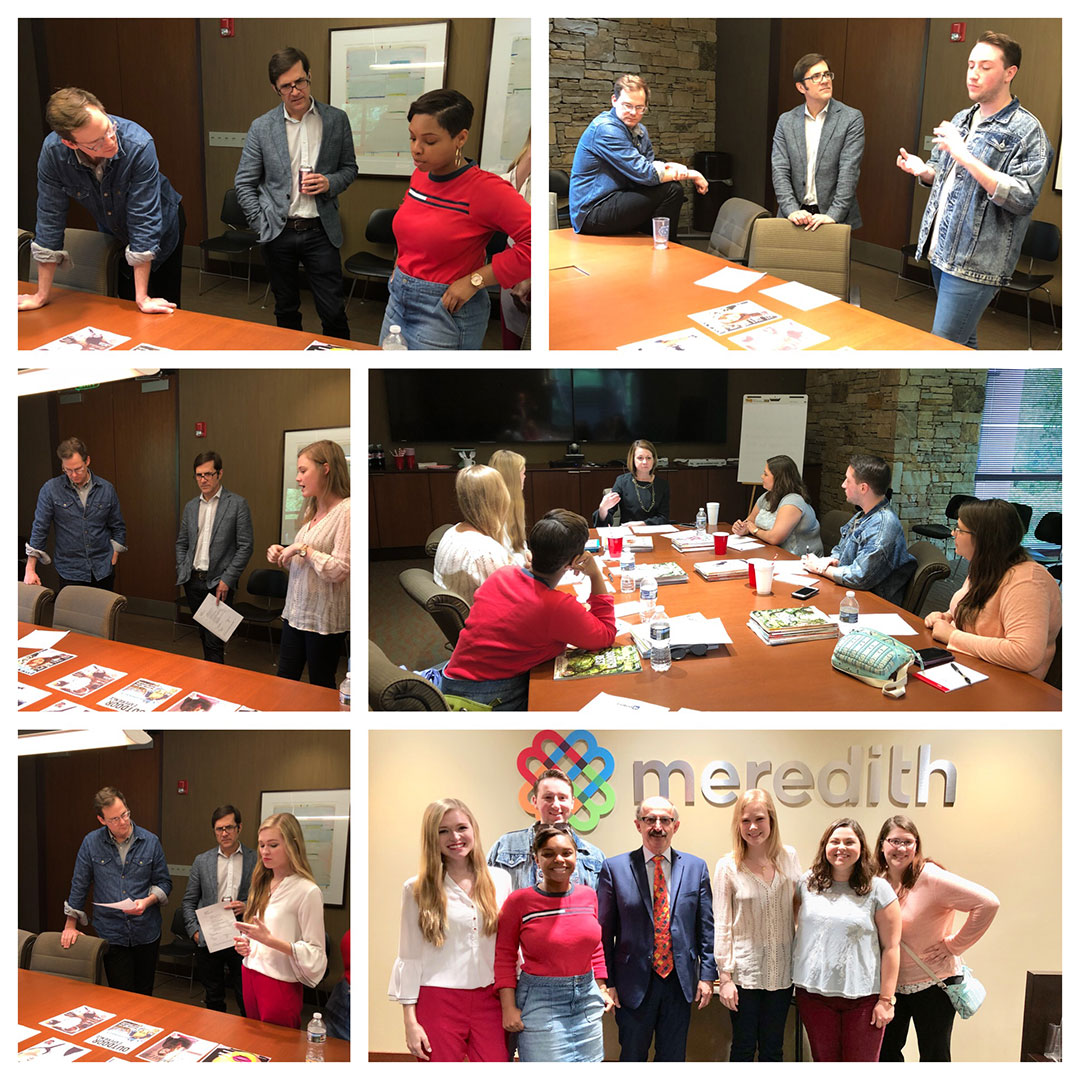For as long as I can remember, I knew I wanted to attend college out of state. I never quite knew where I wanted to go or what I wanted to do, but I knew I wanted to leave my small Texas town.
Ole Miss was not my first choice when it came to picking a school. But, after a lot of deliberation between my mom and me, it seemed like the best fit without having to go too terribly far. By the time I had accepted my admission, I was starting my second semester as a senior in high school. As much as I loved the friends I grew up with, I was ready to see new things.
So, I graduated high school and headed west through New Orleans in August. My slate was clean, and I was scared, but ready to start four more years of school in a state I had never been to prior to my tour of the campus.
What unfolded in front of me the next three months of my fall semester and beyond was everything I wanted and never expected. I made friends with people I would never have back home. I had the ability to reinvent and find myself. I joined the same sorority my mom was in and joined The Daily Mississippian as a designer. I focused on getting involved in these two groups as well as my grades and never looked back.

Katelyn Kimberlin, second from left, and friends.
Now, I’ve returned to the hometown I wanted to leave so much with a week’s worth of clothes, my computer, and books I brought home when I traveled for spring break. My dorm is still as I left it when I departed for the Memphis Airport on a Friday, not realizing that I wouldn’t see any of my belongings for months on end.
I was fortunate enough to trust my gut feeling to bring my computer and some of my work back with me, but many important belongings are still locked in my dorm. While I was not able to retrieve some of the items I needed when the dorms reopened, my mom was fortunate enough to drive my car from Memphis before the parking charges got too high.
Transitioning to remote learning has made me realize, like many others, I take a lot for granted. I am now almost completely reduced to my house unless I’m running essential errands for my mom. I can’t see hometown friends, go to the beach, or even go see a movie with my family.
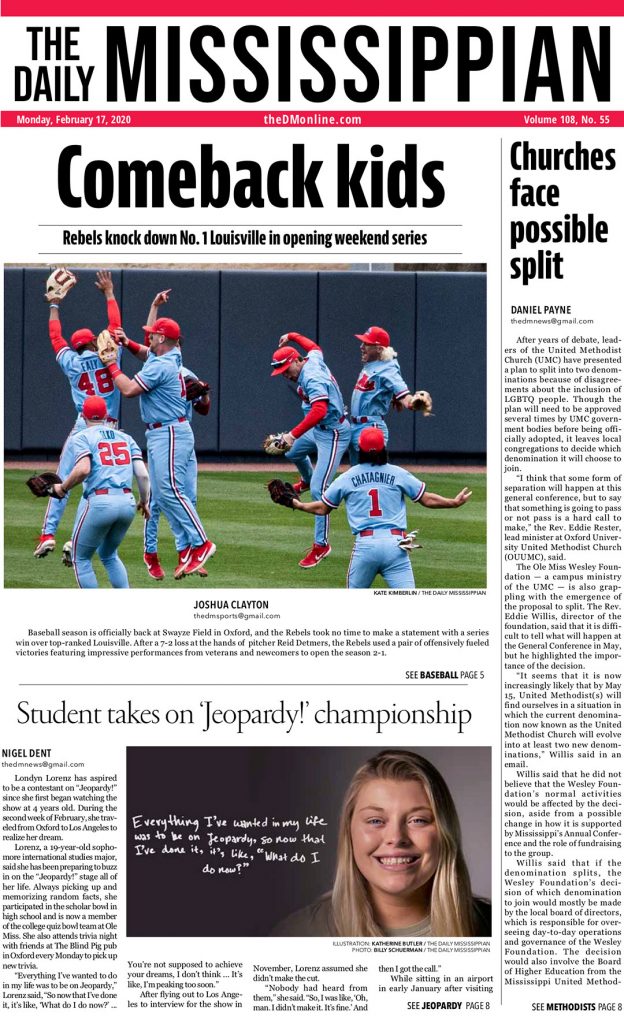
Daily Mississippian
I won’t design another front page until next semester, and the only reason to blame my horrible sleeping schedule on is myself. All of my college friends are up to a 23-hour drive away from me, instead of being just next door or two floors up.
I am very fortunate that I have a home to socially distance in and a functioning computer and wifi, but that doesn’t mean I can’t miss the university I’ve put so much time and effort into just to be told I won’t go back for another four months.
I know for a fact that many other students, including many of my friends, feel similar to me when I say it hasn’t been easy relocating yourself in a matter of a week. I had a coworker at The Daily Mississippian relocate back to her family in Japan. Out of all of my close friends, only one of them is a feasible driving distance from campus.
Talking to one of my hometown friends, she was shocked about how well I seemed to be taking the whole situation. I told her it was simply part of the deal of being an out-of-state student.
This conversation shocked me a little, but it made me fully realize what it meant to be a student attending a university outside of your home state. You move to the university of your choice, almost completely clean out your childhood room and leave many of the comforts you grew up knowing behind.
Family will always be there for football games and parents weekends, but you are forced to leave many of your friends and mentors behind for a chance to experience something new. The long flights and empty campuses when everyone leaves for a long weekend aren’t for everyone, but that also just comes with choosing to go out of state.
Despite this, I know I wouldn’t have it any other way.
Many might think that since I’m now spending my days in Texas instead of Mississippi, I have put my freshman experience “out of sight, out of mind” by now.
But some of the free time I have gotten since I have been home has made me realize that while there’s a lot of trouble that comes with being an out-of-state student, there’s a lot of great opportunities that come with it, too.
Katelyn Kimberlin is a designer for The Daily Mississippian. For more information about our programs, email jour-imc@olemiss.edu.
